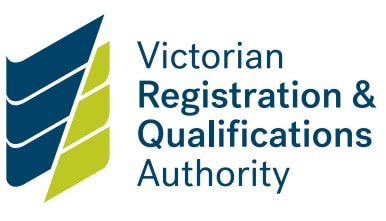About the Standard
This Standard requires child safety policies and procedures to be continuously reviewed and improved. Being a child safe organisation requires continuous improvement and capability building. Child safe organisations:
- have an open and transparent culture
- learn from child safety incidents
- put the interests of children first.
Non-school providers must regularly review, evaluate and improve policies and procedures. They must also:
- analyse complaints, concerns and safety incidents to:
- identify causes and systemic failures
- inform continuous improvement
- report on the findings of relevant reviews of child safe practices to staff and volunteers, families, carers, children and the community.
How to comply
A non-school provider must:
- regularly review, evaluate and improve its child safety practices
- identify causes or system failures by analysing:
- complaints
- concerns
- safety incidents
- ensure continuous improvement in child safety policies, procedures and practices (for example, by implementing recommendations arising out of review of practices or analysis of causes or system failures)
- report outcomes of reviews to staff, volunteers, provider community, families and students
- ensure policies and procedures are regularly reviewed.
Examples of compliance
A non-school provider complying with this Standard may:
- regularly review its child safety and wellbeing policies and procedures
- make sure policies and procedures record a date of approval
- commit to reviewing a policy or procedure prior to its date of expiry
- remember to consult and engage with students, families, carers and the provider community on relevant findings.
Updated


